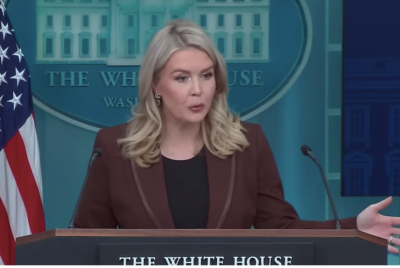DOGE Dissolved Ahead of Schedule: Its Purpose and What Happens Now Explained
Federal officials confirmed DOGE no longer exists as a centralised entity

The Department of Government Efficiency, widely known as DOGE, has been dissolved months ahead of its scheduled July 2026 expiry, with federal officials confirming that the office no longer exists as an independent entity. The development has raised immediate questions over the future of government cost-cutting plans, the fate of ongoing agency reforms and the unresolved debate surrounding DOGE's unverified claims of major savings.
Key Details Emerge on Early Shutdown and Leadership Shifts
Reports in November indicated growing uncertainty around DOGEe's operational status, with concerns raised after external observers noted signs that the department was no longer functioning as intended. The Office of Personnel Management later confirmed that DOGE 'doesn't exist' as a centralised entity, stating that its functions had been discontinued ahead of the department's July 2026 expiry.
The early dissolution followed months of reduced visibility from key figures involved in DOGE's launch. Elon Musk, who had played a prominent role in the department's early stages, had stepped back from regular involvement earlier in the year.
His departure came during a period marked by public tensions between him and President Trump, which were widely reported in political and business media.
DOGE's public data tools and online dashboards, originally created to display cost-saving measures and efficiency gains, also showed no recent updates. Budget experts and analysts noted that this lack of activity raised questions over transparency and the status of ongoing reforms during DOGE's final months of operation.
DOGE's Original Purpose and Mandate
Established by executive order on 20 January 2025, DOGE was created to streamline federal operations, reduce government spending and modernise systems previously overseen by the US Digital Service.
The department's mission included eliminating redundant programmes, centralising efficiency reviews and pushing new technology reforms to improve public service delivery.
The agency's temporary nature was built into its structure, with a planned expiration set for July 2026. The acronym 'DOGE' echoed Musk's well-known association with internet culture, giving the department a distinctive public profile and generating significant early interest.
Savings Claims and Growing Scrutiny
Doge announced in early 2025 that it had generated tens of billions in savings through contract cancellations, halted subscriptions, programme reductions and asset sales. These claims were intended to demonstrate the success of its efficiency agenda.
However, budget researchers and oversight groups noted that the department did not release detailed public accounting to substantiate the figures.
Additional scrutiny followed the revelation that DOGE's internal budget expanded rapidly during its initial weeks, despite being designed as a cost-cutting body. At the same time, more than a dozen federal technology workers resigned from partner agencies, citing concerns about the impact of rapid downsizing on essential services.
These developments contributed to rising pressure on the administration to provide clarity on DOGE's operations, its financial reporting and the long-term implications of its cuts.
Impact on Federal Workforce and Core Services
The dissolution of DOGE leaves numerous federal agencies navigating uncertainty over halted projects and unfinished reviews. Workers affected by restructuring, buyouts or reassignment efforts now face unclear timelines for reorganisation under the Office of Personnel Management.
Employee groups have warned that the abrupt pause in efficiency assessments may disrupt essential services, particularly in departments where DOGE had driven aggressive reductions. Agencies that relied on DOGE's oversight are expected to assess whether paused initiatives can continue without the department's involvement.
What Happens Now as DOGE Functions Shift to OPM
With DOGE no longer operating, the Office of Personnel Management has assumed several of its administrative and oversight functions. Officials expect upcoming audits to determine which DOGE-led cuts will remain in place, which suspended programmes may be reinstated and how the department's archive of cost-saving claims will be evaluated.
Lawmakers have already called for greater transparency as agencies review DOGE's legacy. Meanwhile, states that had been monitoring the federal DOGE model for potential replication may reconsider their plans in light of its early dissolution.
© Copyright IBTimes 2025. All rights reserved.




















